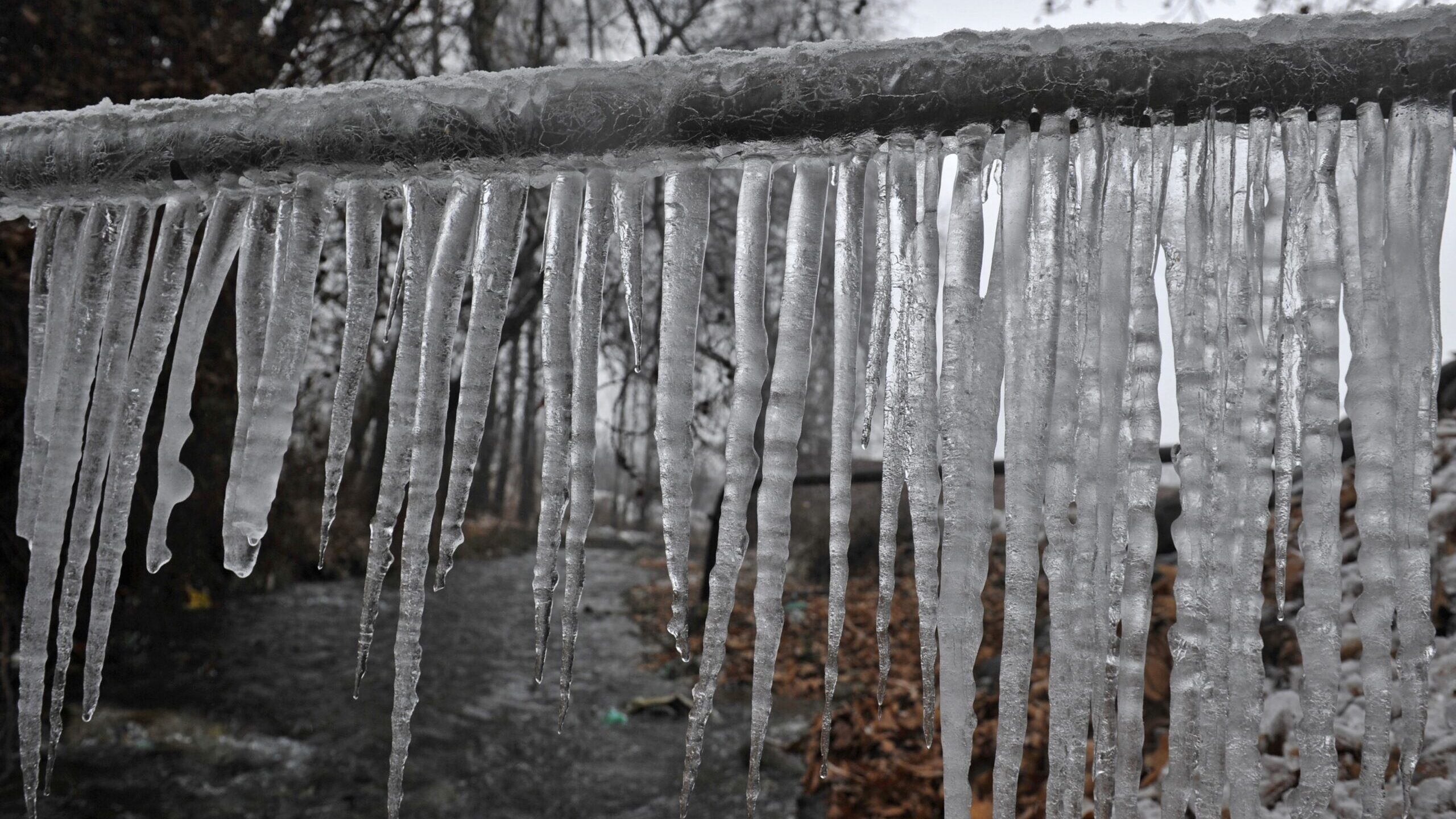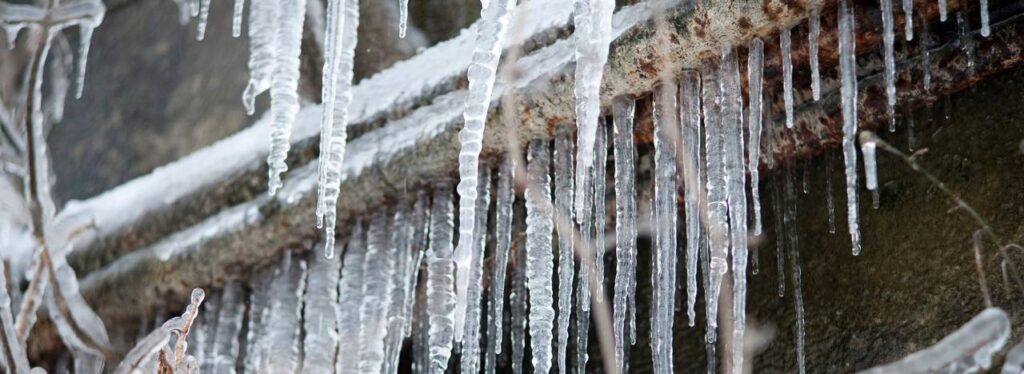Avoiding Frozen Pipes: Top Methods for Winter
Avoiding Frozen Pipes: Top Methods for Winter
Blog Article
We have stumbled upon this great article involving 6 Ways to Prevent Frozen Pipes listed below on the internet and figured it made perfect sense to write about it with you on this page.

Winter can damage your plumbing, specifically by freezing pipelines. Here's exactly how to avoid it from happening and what to do if it does.
Intro
As temperatures drop, the threat of frozen pipelines boosts, possibly resulting in costly repairs and water damages. Recognizing how to prevent icy pipelines is critical for house owners in chilly climates.
Understanding Frozen Pipes
What triggers pipelines to ice up?
Pipes freeze when exposed to temperature levels listed below 32 ° F (0 ° C) for prolonged periods. As water inside the pipelines ices up, it broadens, putting pressure on the pipeline walls and possibly creating them to burst.
Risks and damages
Icy pipelines can bring about water system disruptions, residential or commercial property damages, and pricey repair services. Ruptured pipelines can flood homes and trigger comprehensive structural damage.
Signs of Frozen Piping
Recognizing frozen pipelines early can avoid them from rupturing.
Exactly how to recognize icy pipelines
Seek lowered water circulation from taps, unusual smells or noises from pipes, and visible frost on exposed pipes.
Avoidance Tips
Shielding prone pipes
Cover pipelines in insulation sleeves or utilize heat tape to shield them from freezing temperature levels. Concentrate on pipelines in unheated or external areas of the home.
Heating methods
Keep indoor rooms appropriately heated up, especially locations with plumbing. Open up closet doors to allow cozy air to distribute around pipes under sinks.
Protecting Exterior Pipes
Yard hoses and outdoor taps
Detach and drain pipes garden hose pipes prior to winter. Mount frost-proof spigots or cover outside faucets with insulated caps.
What to Do If Your Pipelines Freeze
Immediate actions to take
If you presume icy pipes, maintain faucets available to alleviate stress as the ice melts. Use a hairdryer or towels taken in warm water to thaw pipelines slowly.
Long-Term Solutions
Architectural changes
Take into consideration rerouting pipes away from outside walls or unheated locations. Add added insulation to attics, cellars, and crawl spaces.
Upgrading insulation
Buy high-quality insulation for pipelines, attics, and walls. Correct insulation helps maintain constant temperatures and reduces the danger of icy pipelines.
Final thought
Protecting against frozen pipes calls for aggressive actions and fast reactions. By comprehending the causes, indicators, and safety nets, homeowners can secure their plumbing throughout cold weather.
Helpful Tips to Prevent Frozen Pipes this Winter
UNDERSTANDING THE BASICS: WHY PIPES FREEZE AND WHY IT’S A PROBLEM
Water freezing inside pipes is common during the winter months, but understanding why pipes freeze, and the potential problems it can cause is crucial in preventing such incidents. This section will delve into the basics of why pipes freeze and the associated problems that may arise.
THE SCIENCE BEHIND FROZEN PIPES
When water reaches freezing temperatures, it undergoes a physical transformation and solidifies into ice. This expansion of water as it freezes is the primary reason pipes can burst. As the water inside the pipe freezes, it expands, creating immense pressure on the walls. If the pressure becomes too great, the pipe can crack or rupture, leading to leaks and water damage.
FACTORS THAT CONTRIBUTE TO PIPE FREEZING
Low Temperatures: Extremely cold weather, especially below freezing, increases the risk of pipes freezing. Uninsulated or Poorly Insulated Pipes: Pipes located in unheated areas, such as basements, crawl spaces, or attics, are more prone to freezing. Insufficient insulation or lack of insulation altogether exacerbates the problem. Exterior Wall Exposure: Pipes running along exterior walls are susceptible to freezing as they encounter colder temperatures outside. Lack of Heating or Temperature Regulation: Inadequate heating or inconsistent temperature control in your home can contribute to frozen pipes. PROBLEMS CAUSED BY FROZEN PIPES
- Pipe Bursting: As mentioned earlier, the expansion of water as it freezes can cause pipes to burst, resulting in significant water damage.
- Water Damage: When pipes burst, it can lead to flooding and water damage to your property, including walls, ceilings, flooring, and personal belongings.
- Structural Damage: Prolonged exposure to water from burst pipes can compromise the structural integrity of your home, leading to costly repairs.
- Mold and Mildew Growth: Excess moisture from water damage can create a favorable environment for mold and mildew growth, posing health risks to occupants.
- Disrupted Water Supply: Frozen pipes can also result in a complete or partial loss of water supply until the issue is resolved.
WHY CERTAIN PIPES ARE MORE PRONE TO FREEZING
- Location: Pipes located in unheated or poorly insulated areas, such as basements, crawl spaces, attics, or exterior walls, are at higher risk of freezing.
- Exterior Pipes: Outdoor pipes, such as those used for irrigation or exposed plumbing, are particularly vulnerable to freezing as they are directly exposed to the elements.
- Supply Lines: Pipes that carry water from the main water supply into your home, including the main water line, are critical to protect as freezing in these lines can affect your entire plumbing system.
- Underground Pipes: Pipes buried underground, such as those connected to sprinkler systems or outdoor faucets, can be susceptible to freezing if not properly insulated.
https://busybusy.com/blog/helpful-tips-to-prevent-frozen-pipes-this-winter/

We had been brought to that report on How to prepare your home plumbing for winter weather from a good friend on another web address. Appreciated our blog entry? Please quickly share it. Let somebody else check it out. Many thanks for being here. Return soon.
Call Today Report this page